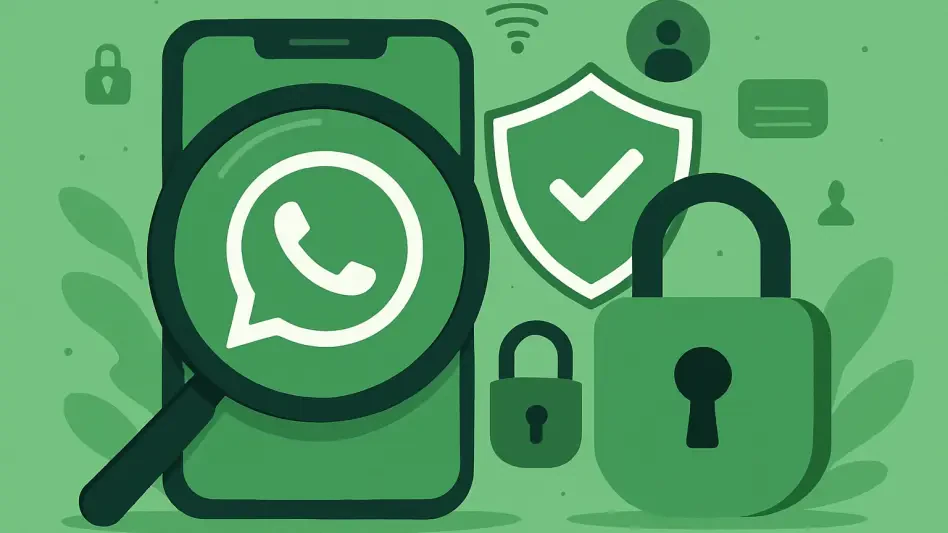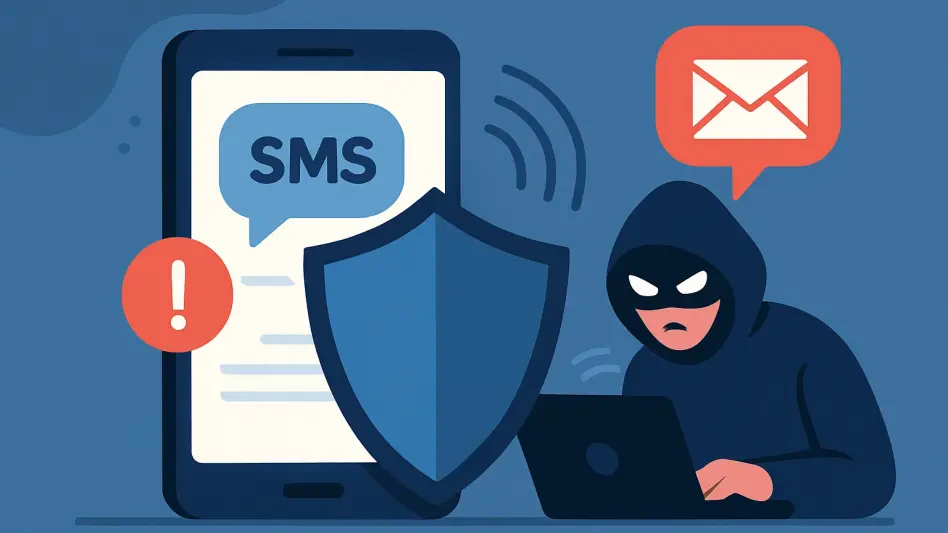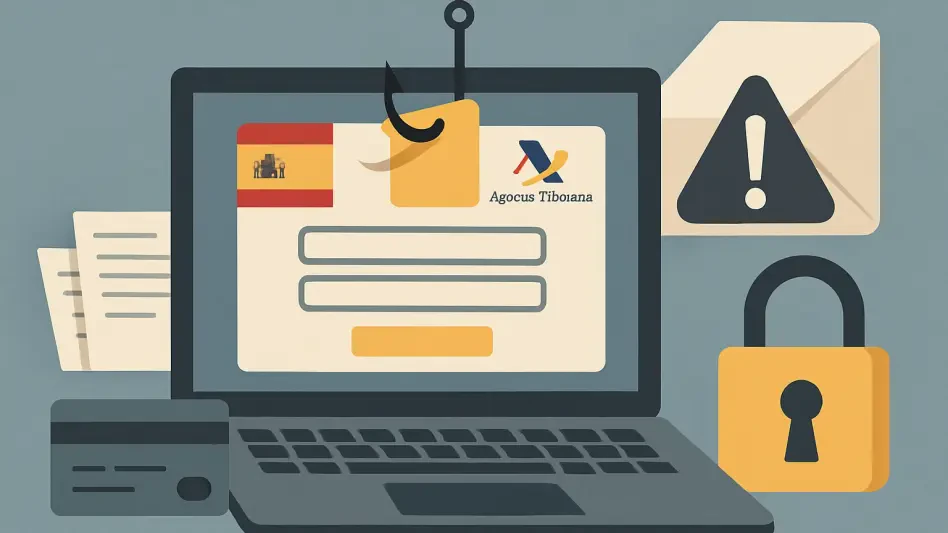In a digital era marked by relentless cyber threats, the security of personal information has become a paramount concern, especially following landmark incidents like the RockYou2024 password leak. This breach, which involved the exposure of an alarming 10 billion passwords, underscored the pervasive threat of compromised credentials proliferating through cyberspace. The impact of such breaches is far-reaching, enabling identity theft, facilitating credential stuffing, and granting unauthorized access to personal and professional online accounts. It prompts an urgent examination of password security in a world increasingly vulnerable to cyberattacks. As such threats rise, there is a growing imperative for individuals to comprehend the intricacies of password protection, ensuring that their digital identities remain shielded against malicious actors.
The Rising Threat of Password Compromise
The persistent threat of password compromise remains a significant concern in cybersecurity circles, primarily driven by the continued use of weak and easily guessed passwords. Lax password practices create a substantial risk, acting as a virtual open door for cybercriminals. The common use of simple passwords such as “123456” and “password” epitomizes these vulnerabilities, with automated tools frequently able to crack them almost instantaneously. These routines expose confidential data and weaken infrastructures, leading to cascading failures should hackers gain access to a single account and proceed to exploit the same credentials across multiple platforms.
Every password is a frontline defense in the battle against cyber threats, and maintaining their strength is essential to safeguarding personal information. Weak passwords, especially those reused across different sites, are ripe for exploitation by individuals targeting sensitive data. Hackers employ strategies like credential stuffing, wherein they use exposed login data to breach accounts en masse. Therefore, the shift toward strong, unique passwords is not merely advised but necessary to withstand modern threats in today’s interconnected environments.
Ensuring Password Strength and Uniqueness
A strong password serves as a personal cyber-defense mechanism, similar to possessing distinct, high-security keys for different locks. This analogy emphasizes that each account demands a unique password to forestall potential cascading breaches. When passwords are exclusively one-of-a-kind, the potential for attackers to penetrate other systems using similar credentials is sharply curtailed. It represents a fundamental pillar in the edifice of cybersecurity best practices: varying passwords not only prevents unauthorized access but also limits the potential damage from any single breach event.
To facilitate the evaluation of password robustness, a valuable tool is presented in the form of a 7-point checklist. This checklist embodies essential criteria for constructing secure passwords, with components ranging from length and complexity to distinctiveness. By incorporating a variety of characters, including uppercase and lowercase letters, numbers, and special symbols, passwords become significantly more resistant to brute-force attacks. This holistic approach to password creation bolsters digital defenses, ensuring data integrity and personal security.
Understanding and Implementing the Checklist
Delving deeper into the concept of password strength, the 7-point checklist serves as an integral component for assessing security. Adherence to criteria like password length—preferably 12 characters or more—and mixing diverse types of characters upgrades passwords to be resistant against general hacking techniques. For example, transforming a simple lowercase sequence into a complex combination utilizing varied letters and symbols substantially improves its resilience. This complexity acts as a deterrent against automated hacking tools that rely on simplicity to accelerate unauthorized access.
Moreover, the importance of regularly changing passwords cannot be overstated. Updating passwords approximately every 90 days presents another layer of security, diminishing the risks posed by ongoing breaches. This practice ensures that even if a password is compromised, it will be rendered useless within a defined period, preserving the safety of affected accounts. However, regular updates must not solely focus on replacing old passwords with superficial modifications; they must reflect a complete reinvention of secure credentials maintaining the checklist’s principles.
A Call to Action: Improving Password Practices
The final step in enhancing password security involves taking decisive action prompted by the evaluation scores derived from the checklist. These scores gauge security awareness, categorizing accounts ranging from those needing immediate reforms to instances representing robust digital safety. Low scores necessitate drastic measures to improve practices, such as crafting complex passwords and leveraging tools designed to simplify this process. Proactive steps to minimize security vulnerabilities translate into better-protected digital environments, reducing exposure to potential threats.
For accounts indicated as lacking security, the employment of password generators and managers is strongly advised. These technologies facilitate the creation of complex passwords without taxing memory or cognitive resources, thereby overcoming barriers related to manual generation. Such tools generate intricate sequences of characters, ensuring a high degree of security while minimizing user effort. By automating processes historically prone to human error, password managers drastically reduce the likelihood of an account being compromised due to weak or reused passwords.
Technology Aids in Password Management
The implementation of password managers represents a pivotal development in personal cybersecurity, offering an array of functions that seamlessly integrate with daily digital interactions. These applications efficiently tackle the cumbersome task of remembering multiple complex passwords, using features such as auto-filling login forms and providing warnings against password reuse. An exemplary tool, NordPass, stands out for its user-centric interface and robust functionalities that enhance online safety. It offers a suite of services like the Data Breach Scanner, which notifies users of potential exposures, and the Password Health tool, encouraging regular checks and updates.
The landscape of cybersecurity continually evolves, driving a necessary shift from passive measures such as static passwords to an active, managed approach to fortify online identities. This change demands ongoing engagement in managing passwords effectively, underpinned by technology solutions that support users in maintaining high-security standards. The proactive stance of adapting to more rigorous security protocols reflects an enduring commitment to safeguarding personal information in an increasingly interconnected digital future.
The Broader Impact and Responsibility
The narrative of password security is not solely confined to individual practices; it extends into recognizing the collective responsibility shared by companies and service providers in protecting personal data. Consumers are urged to critically assess how entities manage their sensitive information and implement robust security measures accordingly. While individuals bear personal responsibility, corporations must also enhance their cybersecurity protocols, reflecting a collaborative effort to shield against digital threats.
Continuous dialogue about improving cybersecurity practices serves as an essential catalyst for change, urging greater transparency and accountability from all parties involved. Ultimately, the adoption of robust password strategies by individuals and institutions alike reinforces the ultimate goal of a secure digital landscape, demonstrating an informed, collective effort in countering the ongoing threats posed by cyber adversaries.








